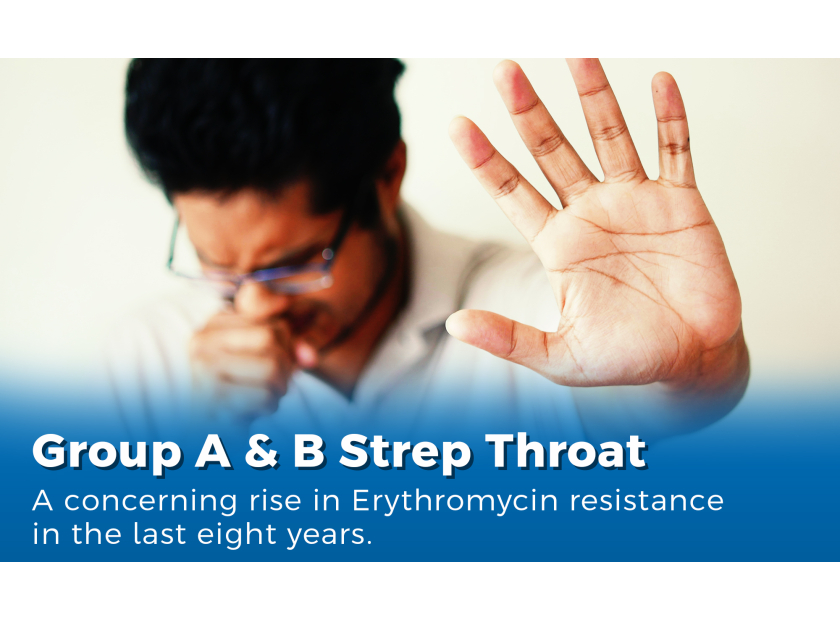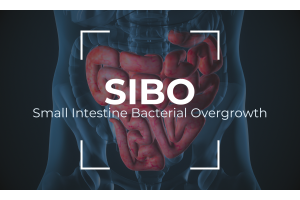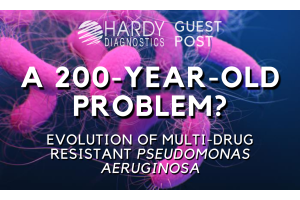The Rising Resistance of Group B Strep and Group A Strep
Group A Streptococcus (GAS) is the most common bacterial cause of pharyngitis, often referred to as strep throat. GAS can also cause severe invasive infections. People who are elderly, have skin breakdown (when the skin is deprived of blood flow, the skin can become damaged or develop ulcers), or have chronic medical conditions, such as diabetes, are at increased risk. Each year in the United States, GAS causes approximately one to 2.6 million cases of strep throat, 12,500 to 20,000 invasive infections, and 1,250 to 1,900 deaths.
Strep throat is treated using antibiotics, typically penicillin and amoxicillin. (1) Currently, GAS is not resistant to penicillin or amoxicillin. However, doctors often use erythromycin and azithromycin to treat strep throat, particularly for people who are allergic to penicillin. Clindamycin, in combination with penicillin, is the recommended treatment for severe, life threatening GAS infections such as flesh-eating disease and streptococcal toxic shock syndrome. However, GAS infections have developed increased resistance to erythromycin and other macrolides, as well as to clindamycin. In fact, the percent of invasive GAS infections that are resistant to erythromycin has nearly tripled in eight years. In the six years between the CDC’s first Antibiotic Resistance (AR) Threats Report in 2013 to the latest AR Threats Report in 2019, GAS infections increased by 4100 while deaths increased by 290. (2) Due to this rise in resistance, in 2019, the CDC raised the treatment level of GAS to “CONCERNING.”
Not only did the CDC add GAS to its list of 2019 AR Threats Report, but it has also added Group B Streptococcus (GBS) to the list, designating the bacteria also as “CONCERNING.” Overall, about 31,000 severe GBS infections occurred in 2016, causing 1,700 deaths. GBS causes severe illnesses—including bloodstream infections, pneumonia, meningitis, and skin infections—in people of all ages. In adults, GBS causes infections among pregnant women, older adults, and people with certain medical conditions, such as diabetes. About one in every four pregnant women carry GBS bacteria in their body. Mothers can pass GBS to their infants during labor, threatening newborns with sepsis during the first week of life. When indicated, practitioners give mothers antibiotics, often penicillin or ampicillin, during labor to protect their newborns from GBS disease. Clindamycin is recommended when a mother has a severe penicillin allergy. Clindamycin can also be used to treat adult GBS infections if the patient has a severe penicillin allergy. However, clindamycin-resistant GBS account for more than 40% of infections and resistance to erythromycin is even more common—more than 50%. This seriously limits options for GBS disease prevention and treatment. (2)
More than 2.8 million antibiotic-resistant infections occur in the United States each year, and more than 35,000 people die as a result. Antibiotic resistance disproportionately affects the most vulnerable—the young, elderly, and sick—who often receive medical care. While the development of new treatments is one of these key actions, the CDC, One World, and other infection prevention networks worldwide, urge new treatment options as well as the use of vaccines to prevent infections from occurring.
While these agencies work towards new options, Hardy Diagnostics continues to innovate and create quality products aimed toward the detection of the microorganisms causing such infections.
HardyCHROM Group A Strep Agar
Hardy Diagnostics recently released its HardyCHROM™ Group A Strep agar (Cat. No. G337, 15x100mm plate, pack/10), a chromogenic medium recommended for the selective cultivation and differentiation of Group A Streptococcus from clinical specimens. Identification can be made based on colony color. The medium will display red-brown or red-orange colonies when Streptococcus pyogenes is present; non-Group A Streptococcus isolates will appear as blue, clear, or white colonies (shown in photo below). Detection is enhanced by the white background.
Carrot Broth, One Step
Hardy Diagnostic’s breakthrough patented Carrot Broth™ One Step (Cat. No. z40, 13x100mm tubes, pack/20), with its unique chromogenic reaction, turns orange when positive for beta-hemolytic GBS. Positive results do not require additional work ups. Hardy Diagnostics GBS Detect™ plate can be used in combination with Carrot Broth to identify all strains of GBC, hemolytic and non-hemolytic. Any negatives in Carrot Broth can be sub-cultured to GBS Detect and non-hemolytic GBC will be able to be identified on the plate.
Meet the author

CLINICAL PRODUCT MANAGER at HARDY DIAGNOSTICS
Megan Roesner, B.A. Journalism and Mass Communications
Megan is a seasoned writer and marketing professional who comes from a background in television journalism, followed by fifteen years leading mulitple hospital marketing and communications teams with the largest not-for-proft health system in the U.S. Megan has won numerous tv, writing and marketing awards and is a member of a number of professional public relations and marketing associations. Her passion for continuous professional challenges and life-long learning led her to Hardy Diagnostics. Megan is proud to work amongst a wonderful marketing team surrounded by experienced microbiologists and scientists who constantly push for the latest and greatest products to help diagnose and detect disease. In her current role, Megan is in charge of product development and marketing Hardy's clinical category which encompasses hospitals and health systems, clinics and research institutions, higher education and veterinary diagnostics. In her free time, Megan enjoys being a mom to her two very active boys, cats, a dog, a very old goldfish and 24 chickens.







